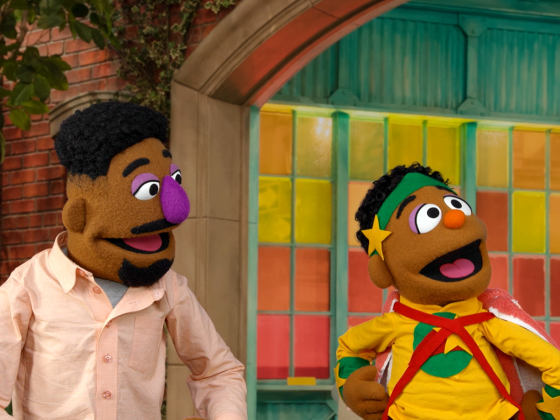
Parenting Moment: Imitating
Playing is learning! The way you play with children matters… your actions and words have power.
You can support children’s development by imitating—doing what they’re doing! This helps children feel important and helps you connect; it all starts with following children’s lead. It helps kids feel what they are doing is important and interesting. It allows parents to get on kids’ level and follow their lead as “play experts.” It helps with social skills because it’s a great way to practice back-and-forth social exchanges.
Imitation is about doing what children are doing– playing in a similar way or making similar gestures. For instance, if your child is:
- playing with a toy car, you can imitate by doing the same motions and saying, “I’m going to try to make my blue monster mobile move as fast as yours.”
- making cupcakes from clay, you can say “those look yummy, I’m going to try it too” and make the same kind of shape your child is making.
- rocking a baby doll, you can say “You’re holding your baby so closely and rocking gently, I’m going to hold my doll and rock this doll just like you’re doing.”
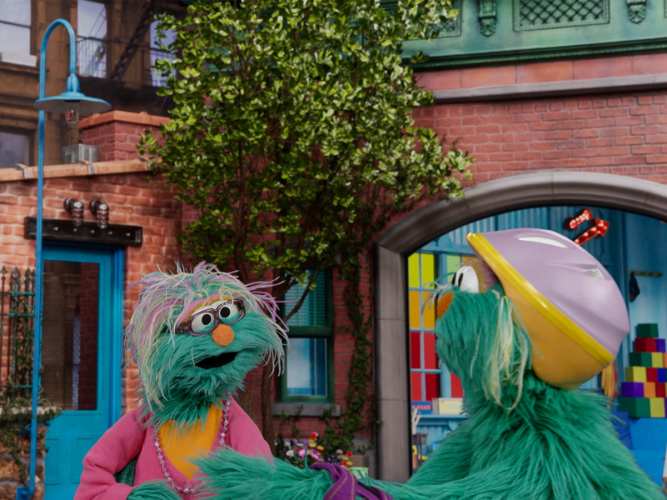
Parenting Moment: Describing
The way you talk with children matters! Your words have power.
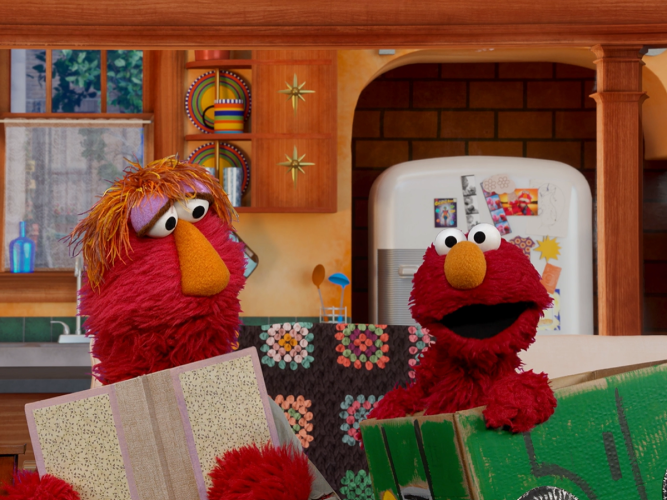
Parenting Moment: Reflecting
The way you talk with children matters… your words have power!
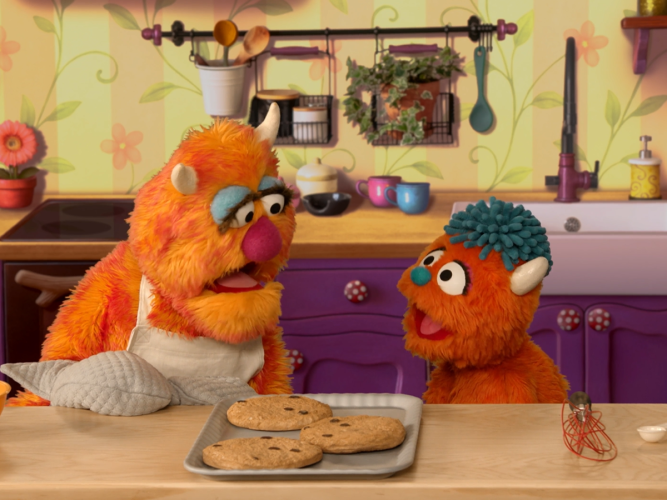
Parenting Moment: Enjoying!
Showing you enjoy your time together with your child builds your special bond. And when you’re being positive, your little one is more likely to do the same.
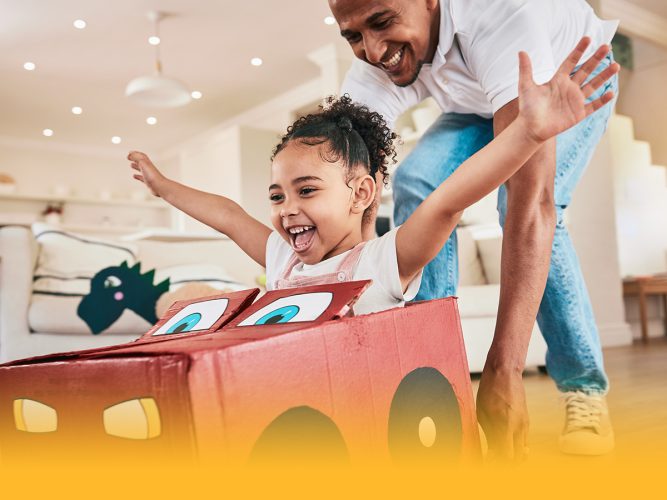
The Power of Following Children’s Lead
Joining children in their play offers so many opportunities to encourage, communicate, bond, spark and share joy, teach, show warmth and kindness, and help them thrive.
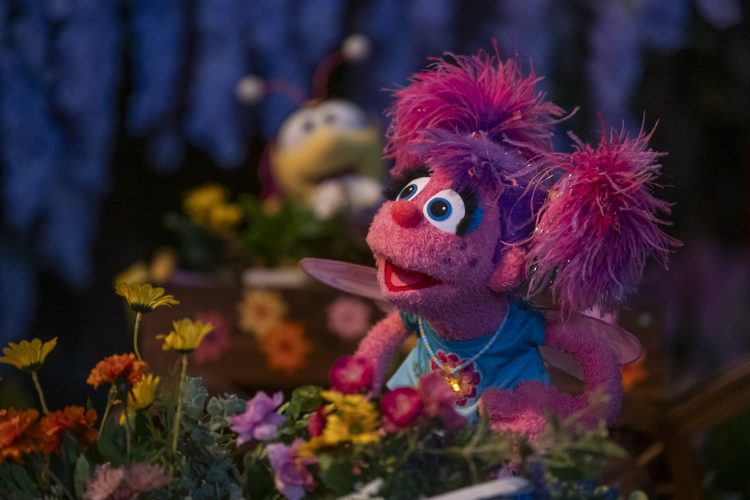
Watch and Play: Abby's Magical Beasties
Watch this episode and explore ways to extend the learning at home.
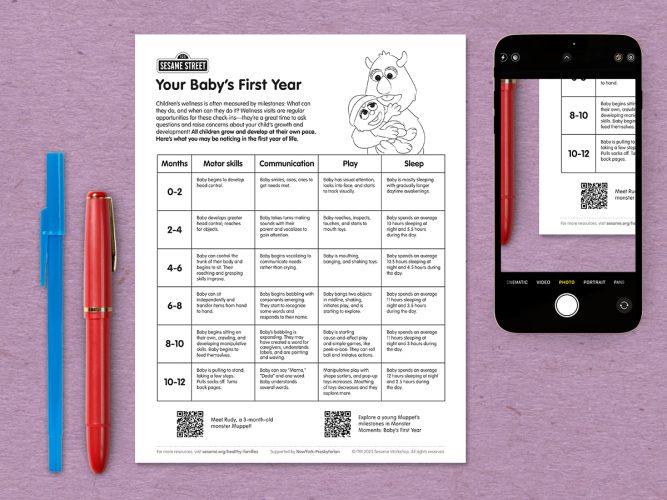
Milestones: Your Baby’s First Year
All children grow and develop at their own pace; use this chart to guide your expectations and observations so you can talk to your child’s pediatrician about questions or concerns.
